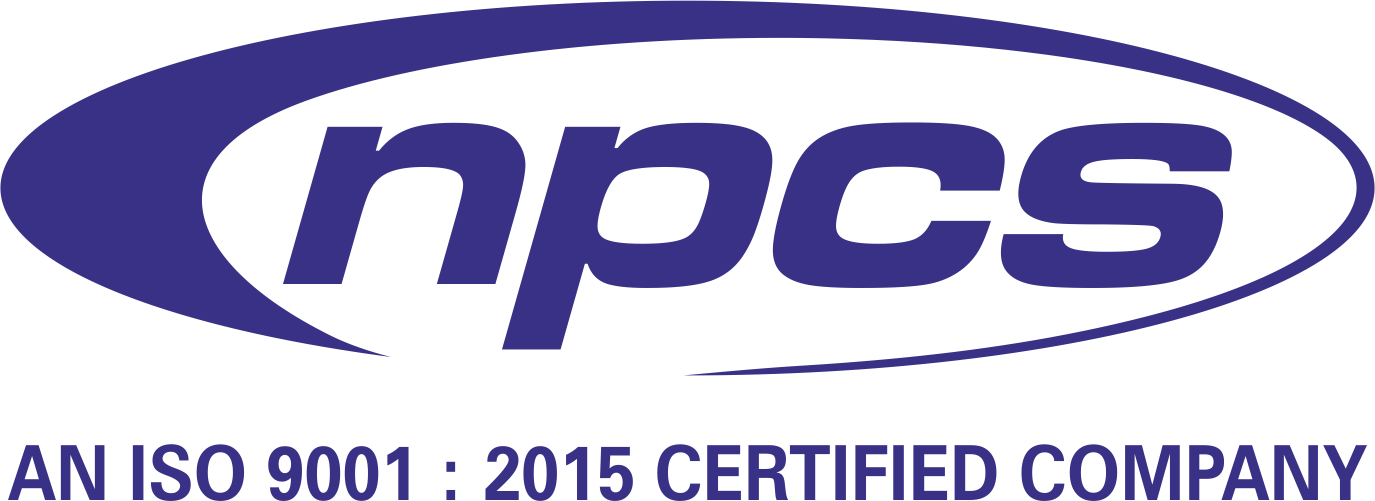The textile industry is a large part of the global economy. But it’s long been attacked for its environmental impact. Industrial fabrics are a defined type of fabric specifically created for industrial use. Structurally, these textiles are used for conveyor belts, woven fabrics, and flat belts used in machinery and are also used as movables in these products. At a time when industries are growing, industrial textiles are becoming increasingly more sustainable. This is important to scale down the environmental footprint in the sector and to allow future generations to benefit from the work in industrial textiles without damaging the earth.
In this blog, we look at the future of industrial textiles with regards to environmental sustainability. Here we will go through the framework of key trends, innovations, and challenges that the industry faces on its way to sustainability.
What Are Industrial Textiles?
Fabrics designed to meet one or more of the requirements for many industrial applications are referred to as industrial textiles. Regular fabrics are different from ordinary ones because they can survive particularly high stress, extreme conditions, and heavy use. The products that are common in industry include conveyor belts, technical textiles, synthetic fibres, and antibacterial materials.
Our Books
- Modern Technology of Textile Dyes & Pigments (2nd Revised Edition)
- Handbook on Textile Auxiliaries, Dyes and Dye Intermediates Technology
- The Complete book on Natural Dyes & Pigments
- Modern Technology of Paints, Varnishes & Lacquers (3rd edition)
High tensile strength and good absorption capacity, for example, are normally used in making consistently durable textiles for long term use. It is used in construction, automotive, manufacturing, medical industries, etc. But now, in a more eco friendly world, industrial textiles have to follow suit.
The Environmental Impact of Traditional Industrial Textiles:
Traditional industrial textile synthetic fibres are known to take hundreds of years to break down. Because of their high tensile strength and good absorption capacity, polyester and nylon are widely utilized as industrial textiles. Even though they are durable they cause environmental pollution.
Production of synthetic fibres has high energy, water and chemical costs. Additionally, not all of the recycled material available for industrial textile applications is appropriate; the recycled material comprises printed circuit boards and cassette and ink fabric that creates the waste. With the increasing demand for industrial textiles occurring industrially, there are also calls to decrease the environmental impact in the work place.
Project Reports
- Manufacturing of Disposable Personal Protective Equipment (PPE) Kit
- HDPE PP Woven Sacks
- Spinning Mill Business | Most Profitable Textile Spinning Business
- Business Plan for Polyester Textured Yarn from Used Pet Bottle
Key Innovations for Sustainable Industrial Textiles:
The industrial textile industry is no longer a trend; its a necessity. Below are some cool innovations that are driving the future of industrial textiles for environmental sustainability.
1. Recycled and eco-friendly fibre
The use of recycled fibres is one of the most promising developments in the industrial textiles area. They are even made from old garments or from recycled plastic bottles. The use of recycled fibres can help textile manufacturers cut down their environmental footprint dramatically. For example, woven fabric and flat belts used for industrial applications can be made out of recycled polyester.
Lower requirements on virgin resources mean sustainable raw materials are used, and so energy and water are conserved. In addition, it helps reduce the amount of plastic going to landfills and oceans. Aside from that, synthetic fibres that are eco-friendly, synthetic fibres that are made from plant-based materials like bio-based polyester, are also becoming popular.
2. Textile Finishing Capsule Technology
An inventive solution for industrial textiles to perform better while being environmentally friendly is called textile finishing capsule technology. The technology relates to applying microcapsules onto industrial textiles. Under certain conditions these capsules release special chemicals. Then they can release an antibacterial agent, for instance, when they come into contact with water.
That means the need for other treatments that would otherwise necessitate harsh chemicals and a lot of water. Textile finishing capsule technology can improve the durability and functionality of industrial textiles by enabling the ribbon of a textile to release specific functions on demand.
3. Industrial Textiles: biodegradable
One of the other important innovations is that of biodegradable industrial textiles. Theyre also looking at textiles that naturally decompose over time, like hemp or bamboo with plant-based fibers. Biodegradable material benefits by reducing long-term waste in landfills and reducing pollution generated from synthetic textiles.
For example, woven natural fibre fabric can be more easily decomposed than synthetic high-tensile-strength materials. Additionally, these will be used to make consumer goods like cassettes and ink fabric for printing or as conveyor belts for industrial applications.
4. Waterless and Low Chemical Dyeing Technologies
Textile dyeing processes are well known as massive consumers of both water and chemicals. More about the nature of the offending dyeing process: traditional methods produce dangerous wastewater that can contaminate rivers and the ocean. The industrial textile industry, in response, is increasingly developing sustainable dyeing technology: waterless dyeing.
Supercritical carbon dioxide replaces water in the dyeing process in the context of waterless dyeing. Using this method, they reduce water usage to up to 90%, eliminating the use of toxic chemicals. This innovation can be applied to a variety of industrial textiles, such as simple flat belts to more complex printed circuit boards.
5. Upcycling and Circular Economy
The textile industry is moving toward a circular economy. A circular economy means designing products to be reused, recycled, and remade into different products to minimize waste and conserve resources. In industrial textiles, the same principle is being utilised.
But old conveyor belts and woven fabrics can be upcycled into new products, such as new products. It is a reduction of the need for raw materials, saves energy, and also reduces the waste. In addition, companies can encourage old textiles to go into the recycling process and turn them into new industrial textiles, in other words, closing the loop of textile waste.
Also Read
- Textile Industry. Cotton Fabric Manufacturing Business
- Uttar Pradesh’s Push Towards Textile and Apparel Industry
- Textiles: Project Opportunities in Gujarat
- Indian Textile Market and Business Scope for Entrepreneurs
- Top Opportunities in Technical Textile Sector
Benefits of Sustainable Industrial Textiles
There are many benefits associated with the shift towards more sustainable industrial textiles. These include:
- Environmental Benefits: Less waste, less pollution, and fewer carbon emissions.
- Economic Benefits: Less raw material dependency, lower production costs, and streamlined processes all contribute as part of the demand for sustainable manufacturing.
- Health and Safety: Antibacterial textiles and safer production processes make workers safer.
- Long-Term Durability: High tensile strength is often part of the sustainable textile in that it means they last longer and dont need to be replaced as often.
The Role of Industrial Textiles in the Indian Market:
It is one of the largest textile producers in the world. In light of that, the country is pushing toward sustainable practices as it strives to satisfy an audience that is growing in demand for textiles. Various industries like agriculture, construction, and automotive are using industrial textiles in India. Sustainable technologies are being adopted to form such eco-friendly industrial textiles by companies present in India so that global environmental standards can be met.
Also Read
- The Textile and Apparel Sector in India: A Booming Industry worth Investing In!
- Starting a Mens Underwear (EOU) Manufacturing Business
The textile finishing capsule technology has also found its place in the textile industry of India to enhance fabric performance and sustainability. As many Indian manufacturers are now looking into sustainable raw materials and reducing their reliance on chemicals and dyes that are harmful to people.
Conclusion
In the industrial textile industry, sustainability is no longer an option. Looking forward, the future of industrial textiles will be dotted with innovations such as recycled fibres, waterless dyeing, textile finishing capsules, etc. Now they can produce industrial textiles, not only that are performing well, but do so within the realm of environmental sustainability.
If you are looking for these topics and want to know more about the latest developments in the industrial textile industry and industrial textile innovations and if you are interested to learn about sustainable industrial textiles and how you can incorporate these innovations in your business, NIIR Project Consultancy Services provides the reports, and their insights are very important for you. Discover how you can lead the curve and add your bit to a better future.







